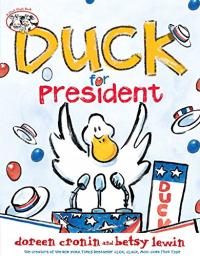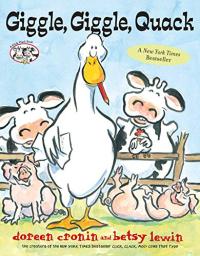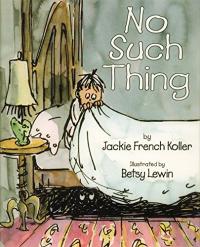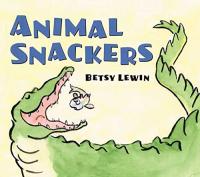
Biography
Betsy Lewin created the illustrations of Farmer Brown and his savvy farm animals in the 2000 bestseller, Click Clack Moo: Cows That Type. After winning a Caldecott Honor for the book, Lewin teamed up again with author Doreen Cronin for more hilarious antics at the expense of Farmer Brown, resulting in the bestsellers Giggle, Giggle, Quack and Duck for President. Over the course of her career, Lewin has illustrated and written many other favorite children’s books, including stories inspired by her world travels with husband and fellow illustrator, Ted Lewin.
Always an artist
Betsy Lewin grew up in the small town of Clearfield, Pennsylvania. As a young girl, she loved to draw, take walks in the woods, and use her imagination. Throughout her school years, Betsy was always known as the class artist. Betsy’s parents encouraged her artistic talents — until it was time to choose between art school and a four-year university. Neither of her parents believed she could make a living as an artist.
But Betsy persisted and studied illustration at Pratt Institute of Art in New York City. While at Pratt, Betsy met a recent graduate named Ted Lewin. Betsy and Ted shared many interests, including illustration, a love for animals, and an eagerness to travel the world. The couple married in 1963.
After art school, Betsy Lewin spent a number of years trying to find her niche as an artist. She started out designing greeting cards and illustrating stories for children’s magazines. Her big breakthrough came when an editor noticed one of her poems in a magazine and asked her to turn it into a children’s book. For a number of years, Lewin illustrated children’s books — both her own stories and those written by other authors. For books like Gorilla Walk, she collaborated with her husband on stories inspired by their world travels. In 2001, Lewin’s career was elevated to a new level when she won a Caldecott Honor for Click Clack Moo: Cows That Type.
From their brownstone home in Brooklyn, New York, Betsy and Ted Lewin continue to illustrate children’s books and plan adventures to faraway lands.
Books by this illustrator

Click, Clack, Moo: Cows That Type

Cowgirl Kate and Cocoa

Duck for President

Dumpy La Rue

First Grade Friends: The Class Trip

Giggle, Giggle, Quack

Gorilla Walk

No Such Thing

Thump, Quack, Moo: A Wacky Adventure


